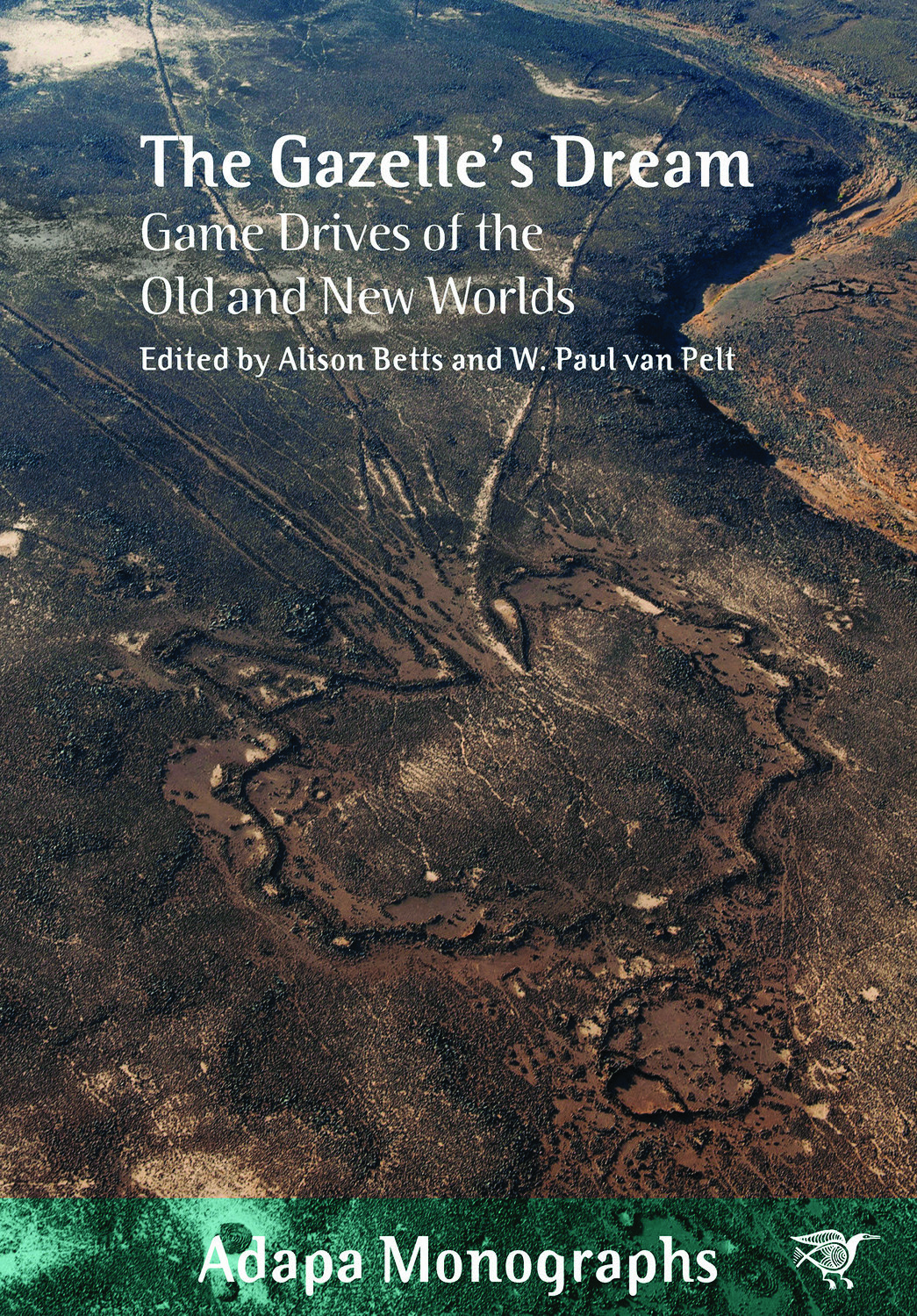Game Drives and Communal Hunting in a Global Perspective, Professor Alison Betts

The Council of the Near Eastern Archaeology Foundation invite you to the launch the latest volume in NEAF’s Adapa series, followed by a public lecture.
Where: The launch and public lecture will be held online on Zoom and in person at CCANESA (Level 4 Madsen Building F09 University of Sydney).
When: 11 May 2022 I 6.30pm
Cost: Costs vary for attendance by zoom or at CCANESA so please select your option and register by 6 May 2022 on the payment page at the NEAF Website. Please click here to go to the payments page
Once the world’s prairies, grasslands, steppes and tundra teemed with massive herds of game and humans seeking to hunt these large, fast-moving herds devised a range of specialised traps or game drives that can be found widely across the world, but in great concentrations in the Middle East. Typically
consisting of guiding walls or lines of stones leading to an enclosure or trap, game drives were designed
for a mass killing. Construction of the game drive, organisation of the hunt and processing of the carcase
often required group cooperation and in many cases game drives have been linked to seasonal gatherings of otherwise scattered groups, who may have used these occasions not only to hunt, but also for social, ritual and economic activities.
This lecture introduces the great variety of game drives across the Middle East and glances at similar systems in North America and Scandinavia. The lecture also features a guest appearance by excavators of a remarkable new kite cultic site in southern Jordan which has attracted wide international interest.

Alison Betts is Professor of Silk Road Studies and the holder of the Edwin Cuthbert Hall Chair of Archaeology at the University of Sydney. Professor Betts’s research theme of the archaeology and history of nomadic peoples has led her down a wide variety of paths including the prehistory of the North Arabian steppe, rock art, hunting traps and water harvesting systems, the origins of nomadic pastoralism in the Near East, the Bronze Age of Central Asia and the early development of the Zoroastrian faith.
